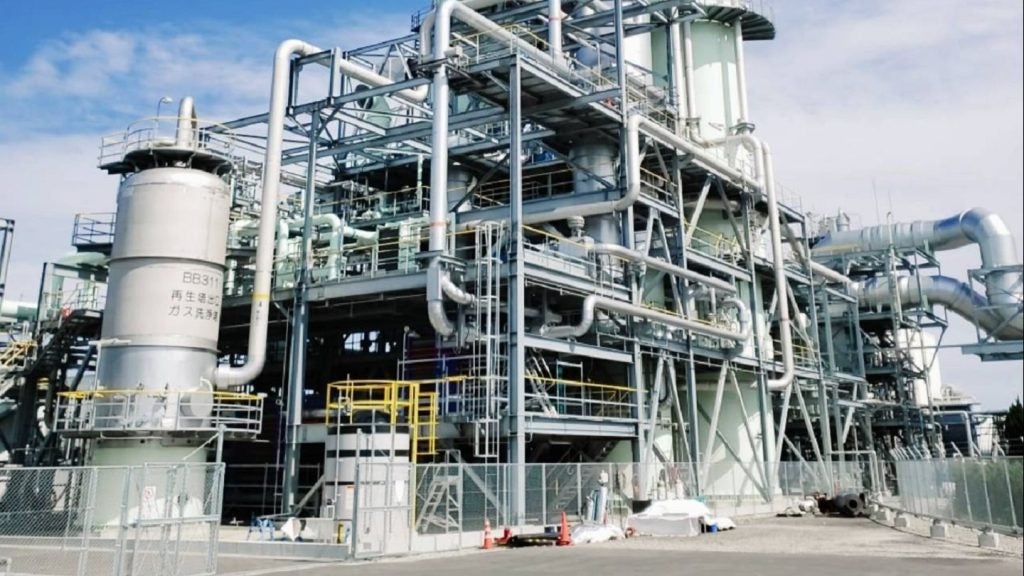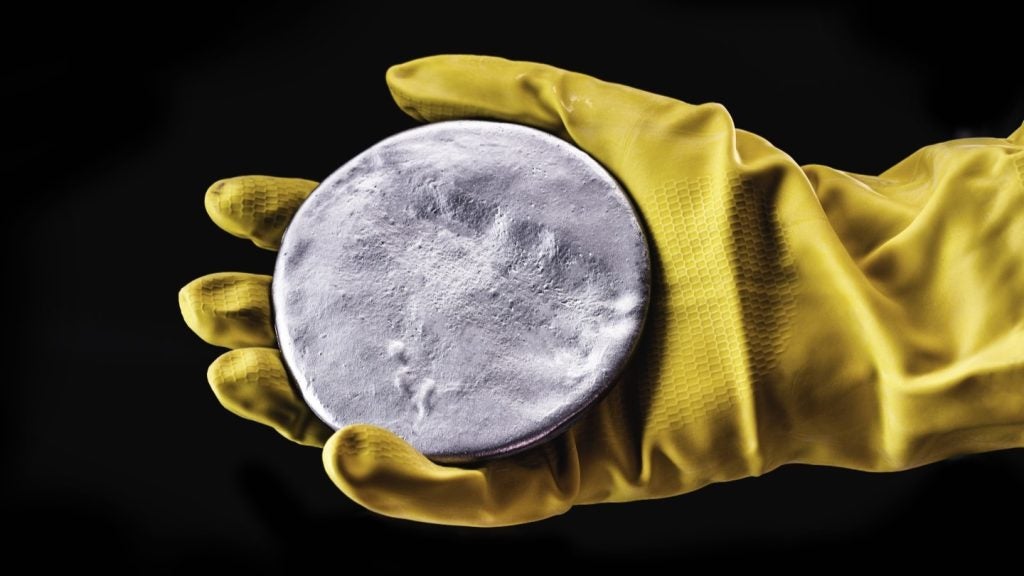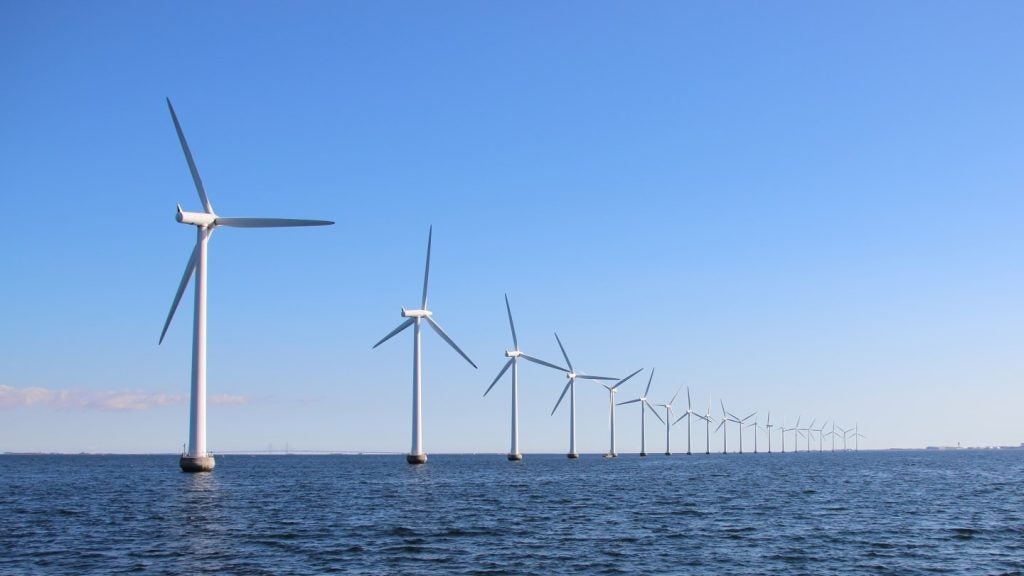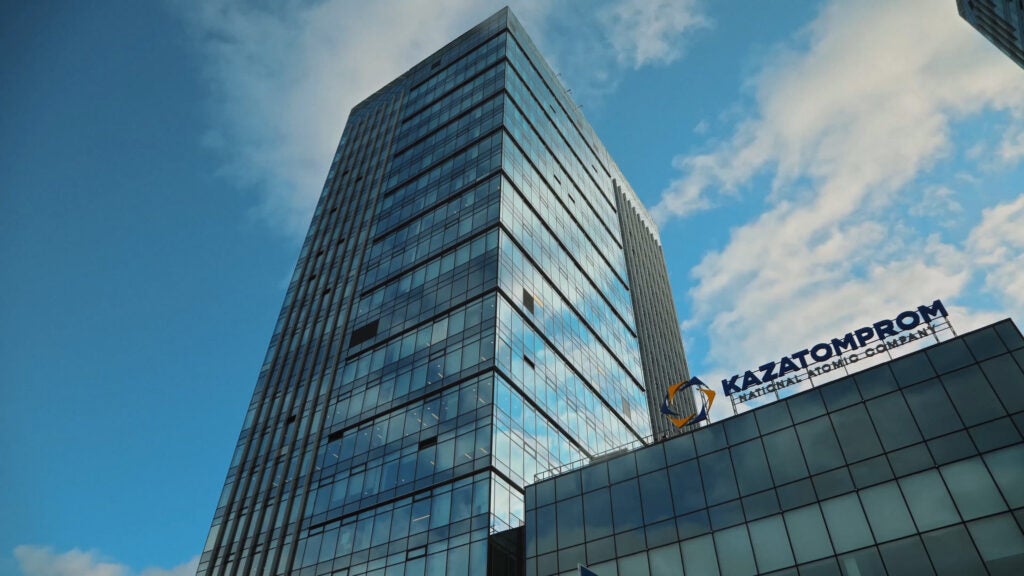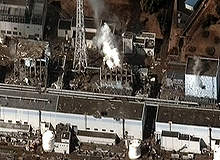
The meltdown of three Fukushima nuclear reactors was a relatively small side effect of the Japanese earthquake and tsunami. It was enough, though, to displace 80,000 people and add $100bn compensation from Japanese taxpayers to the cost of nuclear power. It also again knocked public confidence in nuclear reactors, with many countries re-examining their commitment to nuclear power. That, in turn, hit uranium (oxide) spot prices.
The spot market has seen rollercoaster price variations over the last decade. From a low of $7/lb in 2000, uranium prices boomed from 2005 to 2007, peaking at $138/lb. They then dropped again dramatically to settle at around $40/lb in 2010. They rose again as it became clear that demand would continue to remain much larger than supply, reaching $70/lb in early 2011. After Fukushima in March 2011, panic selling pushed prices down to $50, but it may be too early to tell whether a further drop is in sight.
Spot prices are therefore below the minimum of $60/lb that is generally seen as needed to encourage developing new mines. However, long-term uranium prices are around $68/lb, and many industry observers predict they will remain at around $75/lb. That is key because producers typically sell most of their production on long-term (three to 15-year) contracts, with only around 10% to 20% on the spot market.
Demand side holds up…
Italy, Malaysia, Switzerland and Thailand have reportedly cancelled planned reactors. Their plans were modest, though, and will make little difference to the total number. The World Nuclear Association reports that 31 countries use nuclear power worldwide, generating a total of 380GW. The US, France and Japan account for around half of this and, in agreement with the Pareto principle, the largest 20% of countries account for around 80% of generating power. At 1 July 2011 they are: the US (101GW), France (63GW), Japan (45GW), Russia (23GW), Germany (20GW), South Korea (19GW) and Ukraine (13GW).
Of these, Japan closed 11 reactors in the earthquake / tsunami zone. Another 43 still operate, although all these may close next year and Japan has abandoned plans to build new ones. Germany has shut eight reactors, and plans to close its other nine by 2022.
For the rest, the US, France, Russia, South Korea and Ukraine have all announced business as usual. Apart from some older plants, their present plants will continue and they are still at the moment committed to build the 110 or so new reactors planned and proposed.
How well do you really know your competitors?
Access the most comprehensive Company Profiles on the market, powered by GlobalData. Save hours of research. Gain competitive edge.

Thank you!
Your download email will arrive shortly
Not ready to buy yet? Download a free sample
We are confident about the unique quality of our Company Profiles. However, we want you to make the most beneficial decision for your business, so we offer a free sample that you can download by submitting the below form
By GlobalDataChina and India – the two countries with the most ambitious expansion plans – are together building 31 and planning or proposing another 230. The total is many more than the 150 reactors that the WNA estimates will close by 2030.
Not all these reactors will go ahead, but more because of the economic climate and the sheer cost of building them than because of Fukushima. The market will likely take three or four years to recover from the uncertainties of Fukushima. Unless China, India or one of the other top three or four users changes direction, though, analysts are predicting stably high long-term uranium prices.
…while supply runs behind
With your average 1GW reactor using around 400,000lb/y of natural uranium, the world’s total demand for 2011 is around 150 million pounds a year (70,000t), which is some 25% larger than supply of 120 million pounds a year (53,000t) and around double the 80 million pounds a year (36,000t) that is supplied by mines. Here 80% of the world’s total is supplied by the largest six supplying countries: Canada (23%), Australia (21%), Kazakhstan (16%), Russia (8%), Niger (8%) and Namibia (7%).
Uranium is actually a relatively common element, but it is usually only found in low concentrations and so there are few actual mines (there are similarly few buyers).
The largest suppliers are Cameco, Rio Tinto, Areva, KazAtomProm and ARMZ-TVEL. Although Australia has only a fifth of the world market (and no nuclear power stations itself), it holds nearly 40% of the world’s known uranium reserves.
Demand for uranium has in fact outstripped supply since the 1980s. The difference has largely been met by converting Russian warheads decommissioned since the end of the Cold War to nuclear fuel, and by reducing stockpiles. That has meant that new uranium exploration has not been worthwhile.
Stockpiles are now getting low, though, and conversion of warheads will pretty well finish in 2013.
If nothing else, this is all a reminder that nuclear is no renewable power source. Many uranium mines will need to be opened, and new ones discovered. Some known large deposits have remained unmined, and the major miners are now expanding old mines and prospecting for new ones to fill the gap, but that will bring nowhere near enough.
Long-term effects
In 2007, the production cost of nuclear-generated electricity (so also including operating and maintenance costs) was reported at $1.76/kWh. Fuel costs are actually a fairly small percentage (3% or so) of nuclear power’s costs, so a large increase in uranium prices will have a relatively small effect on prices.
Operating costs are the least of nuclear power’s costs, though. The industry keeps stressing the low cost of nuclear power, but that is only true if you ignore the huge research costs that have been expended over the decades, the insurance premiums against Fukushima-like disasters that are effectively underwritten by governments, and the disposal costs decades into the future that are still unknown. Construction costs are a bit high, too, as demonstrated by the world’s first new-generation nuclear reactor at Olkiluoto in Finland.
The European pressurised reactor was planned as a showcase for the next-generation of nuclear reactors. At 1,600MWe it is to be the world’s largest pressurised water reactor, and modular, so faster and cheaper to build. The original €3bn estimate (which itself ignored government subsidies) has now risen to perhaps €7bn. Originally planned to go online in mid 2009, it has been delayed until 2013. Delays and overruns have hit the second EPR at Flamanville, too.
Even so, the World Nuclear Association is predicting a 27% increase in reactor capacity, leading to a 33% increase in uranium demand between 2010 and 2020.
However not enough uranium is now being mined for all the existing nuclear power stations, let alone the ones under construction and in planning. Analysts predict a market imbalance of around $130m by 2020.
Imbalances are likely before then, though. The US uses nearly 44Mlb of uranium per year in its 104 working reactors, but only produces 4Mlb/y. The highly enriched uranium (HEU) agreement between the US and the Russian Federation expires in 2013, and so the US will have to come on the market looking for another 40Mlb/y.
The output from mines is difficult to increase quickly, and floods have in recent years halted production at a couple of major mines altogether. Restricted mine outputs could make nuclear reactors prone to the very problems the industry accuses wind and solar power of: unreliable supply that risks the lights going out.



